The VTM-4 light on your Honda Pilot indicates an issue with the vehicle’s four-wheel-drive system. It could be a failure of one of the components, such as a stuck solenoid, an internal filter blockage, or a malfunctioning sensor.
It can be frustrating to see a “VTM-4” light illuminated on the dashboard of your Honda Pilot, especially if you’re unsure of what the light indicates or why it turned on. So, why is my VTM-4 light on Honda Pilot?
Essentially, a glowing VTM-4 light indicates that the torque management system is now engaged to assist the car in traversing difficult terrain. In other words, there’s no need to worry.
Occasionally, however, the light may turn on unexpectedly, causing problems. Binge on the article to learn more about what the VTM-4 light on your Honda Pilot means and why it is illuminated.
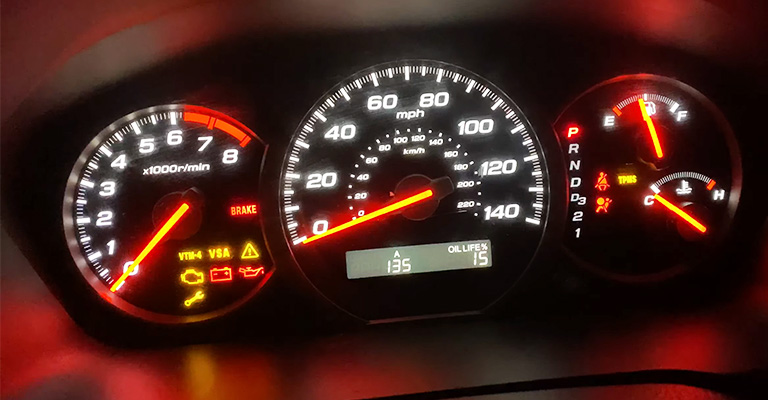
What Does VTM-4 Mean on Honda Pilot?
VTM-4 stands for Variable Torque Management. The VTM-4 system helps to stabilize your Honda Pilot by regulating traction to all 4 wheels and helping the vehicle maintain stability when in motion.
Suppose the VTM-4 system detects any issues that can affect the stability of your vehicle. In that case, it will illuminate the VTM-4 light on your dashboard to alert you and enable you to address the issue.
Why Is the VTM-4 Light Important?

Rolling with a VTM-4 light on during normal driving conditions is not recommended. It’s equipped with a processor that keeps track of the current status of the VTM-4, providing signals to the ECU if it is not working properly.
Indicates Potential Safety Hazards
When the VTM-4 light illuminates, it’s a sign that your Honda Pilot has detected a potential safety hazard and is warning you to take measures to address it.
This is why it’s important to pay attention to the VTM-4 light and follow up on it by taking an inspection for repair and maintenance.
Can Adversely Affect Your Vehicle’s Stability
When the VTM-4 light illuminates, it’s a sign that something is wrong with the Vehicle Stability Assist System which is responsible for maintaining the stability of your Honda Pilot.
If not addressed on time, the resulting lack of stability could affect your ability to control the vehicle and increase the risk of accidents and injury.
Can Lead to Potentially Expensive Repairs
Finally, ignoring the warnings indicated by the VTM-4 light can result in expensive repairs to fix the underlying issue.
This is why it’s important to pay attention to the VTM-4 light when it appears, research its meaning and implications, and take prompt action to address the underlying issue.
When Does the VTM-4 Light Illuminate?
Here’s a look at some of the reasons why your VTM-4 light may be On and the associated implications for your vehicle:
Low Tire Pressure
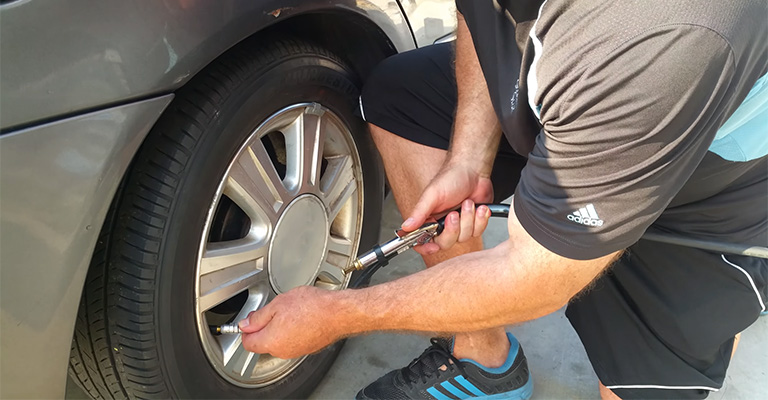
One of the most common reasons why the VTM-4 light may illuminate is low tire pressure. If your tires are not inflated to their recommended levels, the VTM-4 system will detect this and warn you by illuminating the VTM-4 light.
Electrical Problems
Another common reason the vtm 4 honda pilot light may illuminate is electrical issues. If your Honda Pilot has an electrical fault, the VTM-4 system may register this as a potential safety hazard and warn you by illuminating the VTM-4 light.
Obstructions Near Tires
VTM-4 light may illuminate if any obstructions near the tires can affect the vehicle’s stability, like snow, mud, or large rocks. The VTM-4 system will detect these obstructions and make sure you’re aware of them.
Faulty Wheel Speed Sensors
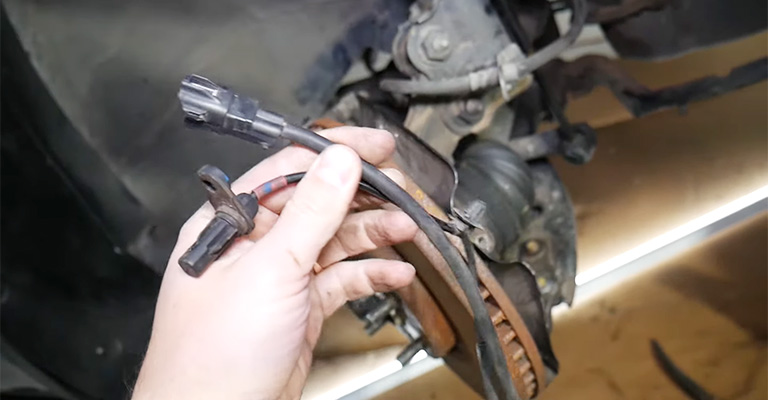
If your Honda Pilot has faulty wheel speed sensors, it can also cause the VTM-4 light to illuminate. Faulty wheel speed sensors can compromise the accuracy of the VTM-4 system and cause it to malfunction.
Leaking Hydraulic Fluid
Leaking hydraulic fluid is also an issue that can trigger the VTM-4 light. If any of the hydraulic components associated with the VTM-4 system leak, it can adversely affect the system’s functioning and cause the VTM-4 light to illuminate.
Malfunctioning Brake Light Switch
If your Honda Pilot’s brake light switch is malfunctioning, the VTM-4 system may not be able to register the brake pressure accurately and will end up warning you by illuminating the VTM-4 light.
Malfunctioning Steering Angle Sensor
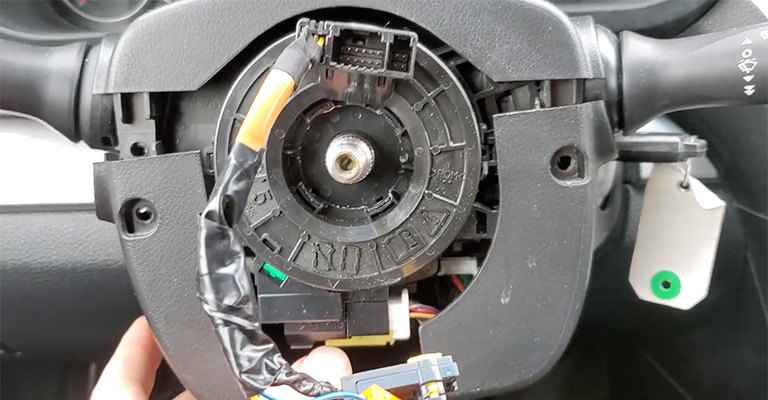
Finally, if the steering angle sensor of your Honda Pilot is also malfunctioning, it can also cause the VTM-4 light to illuminate.
The inaccurate readings from the sensor can compromise the accuracy of the VTM-4 system, which it may respond to by illuminating the VTM-4 light.
Diagnosing the Cause of the VTM-4 Light
If you have noticed the VTM-4 light on your Honda Pilot dashboard, you may wonder why it’s on and what you can do to solve the issue.
It can be difficult to pinpoint the exact cause of the light, but with these steps, you can diagnose the problem and hopefully get your Pilot back up and running again in no time.
Check for an Easily Fixed Problem
First, your VTM-4 Light may have simply been triggered by a minor issue. For example, the system may have been triggered if the oil level in your car is too low or if a tire is low on air.
If these problems can be easily remedied, the VTM-4 light will go off.
Check the Codes
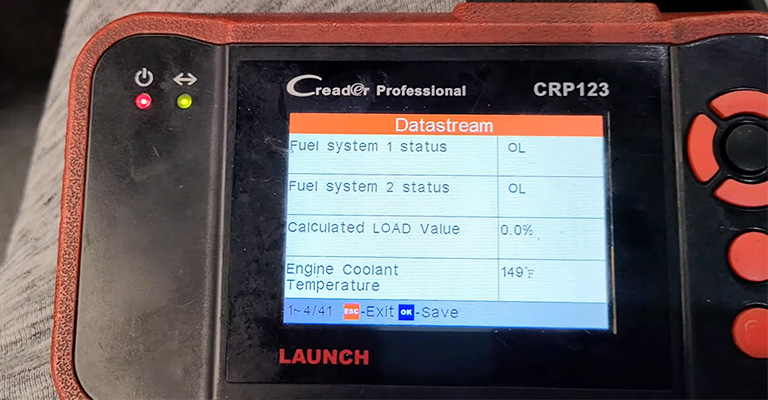
If your VTM-4 Light remains lit up even after you’ve checked and corrected the easily fixable issues, take it to a Honda dealer. They can check the codes on the car’s computer.
By doing this, they’ll be able to determine the exact cause of the VTM-4 Light on your Honda Pilot and provide you with the appropriate services for it.
Listen for Unusual Noises
You should also be looking and listening for any unusual noises from your vehicle. This could be the symptom of an issue such as a worn-out bearing or a failing suspension part.
In any event, it’s worth checking out whenever you see the VTM-4 Light on your Honda Pilot, as there’s likely an underlying cause that needs to be addressed.
Check the Drivetrain
Problems with the drivetrain, or the transmission and differential, can cause the VTM-4 Light to flash. Check to ensure that your differential fluid is at the proper levels and your transmission fluid is in proper condition.
If either of these requires repair, this could cause the VTM-4 Light to come on.
Inspect the Brakes
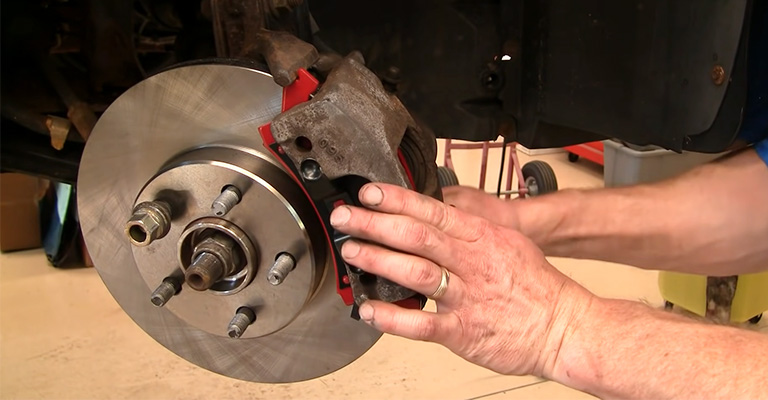
The brakes on your Honda Pilot also merit a thorough inspection. If the brakes are not working correctly, your VTM-4 Light should come on, and you should have them inspected and replaced immediately.
Check Out the Axles
Axles tend to loosen up over time but can also become damaged due to dents and dings from curbs or potholes. If your VTM-4 Light is coming on, check out your axles and ensure they’re in good condition.
Inspect the Suspension
Check the suspension in your Honda Pilot for any signs of rusting or being too worn out. If the parts on your car’s suspension system cannot grip the road properly, the VTM-4 system can act to provide additional traction.
Have the Vehicle Tuned
Finally, if you’ve narrowed down the potential causes of your VTM-4 Light and none of your attempts have been successful, it’s time to take your car to a mechanic for a tune-up.
These steps will help you determine the cause of your VTM-4 Light coming on your Honda Pilot. Regardless, getting to the bottom of it as soon as possible is important to ensure your vehicle performs optimally.
Honda Pilot Differential Maintenance Tips
Maintaining the VTM-4 system on your Honda Pilot is relatively easy. With just a few simple steps, you can ensure that you are doing all you can to ensure maximum performance from your vehicle.
Here are our basic tips for Honda Pilot differential maintenance:
Regular Inspection
The first step in keeping your VTM-4 system up and running is to regularly inspect your differentials, axle and bearings, and transfer case.
Making sure that these components are free of rust, dirt, and other debris is essential for smooth operation. If you find any issues with these parts, you should have them replaced as soon as possible.
Quality Replacement Parts
When replacing differential parts, only use specifically designed for the Honda Pilot.
Other automotive components, even those for another make or model, could interfere with the performance of the VTM-4 system, so stick to Honda OEM parts whenever possible.
Adequate Differential Fluid
Regularly check the level and the quality of your Honda Pilot differential fluid, and add more if it’s low.
The differential fluid acts as a lubricant, ensuring that all the moving parts inside the differential can move freely without creating too much friction.
If your Honda Pilot has an automatic locking differential, that, too, should receive periodic lubrication.
Cost of Differential Maintenance and Replacement
It’s important to address any issues with the VTM-4 system as they can lead to potentially expensive repairs down the line.
To help keep your vehicle running its best here’s some information on the cost of differential maintenance and replacement.
Differential Parts and Labor Costs
The differential is an important component of your vehicle and is responsible for providing the turning power to your wheels. The differential contains various parts, and if those parts are not in good shape, it will affect your VTM-4 system.
In most cases, the labor to replace gaskets, seals, and bearings will cost between $400 and $900. Other parts, such as gears, chains, driveshafts, axles, and fluid, will add to the total bill.
Differential Replacement and Rebuild Costs
In some cases, the differential may need to be replaced or rebuilt. If this is the case, the cost will be higher.
The labor for a differential replacement will range between $700 and $1,400. And the cost for a differential rebuild will range between $2,000 and $3,500.
These costs can increase if other components, such as axles, driveshafts, chains, bearings, and gears, need to be replaced. Sometimes, the entire differential may need to be replaced, adding to the total cost.
Frequently Asked Questions
You should fix the issue as soon as possible to ensure the car runs at peak efficiency.
However, if you are driving your car with the VTEC-4 light on, it is unlikely to cause any serious damage or risks, so long as you don’t force the car to work harder in the meantime.
Yes, if the VTM-4 light is on, it means that the traction control system in your Honda Pilot is malfunctioning, and your vehicle won’t be able to work optimally. This can affect the responsiveness and overall performance of your car.
The ABS light indicates a problem with the anti-lock braking system, which helps you control your brakes to reduce skidding. This differs from the VTM-4 light, which is associated with the traction control system.
No, the VTM-4 light is different from the check engine light. The check engine light indicates an issue with a major engine component. However, the VTM-4 light indicates that there is an issue with the VTM-4 system.
Not usually. The issue can sometimes be reset without a trip to the dealership if the issue is simple. However, if serious, it is best to take it to a certified Honda dealership as soon as possible.
There is another scenario – the traction control and abs light on, we talked about it in detail.
Final Thoughts
From the answers experienced Honda Pilot owners provided, why is my vtm-4 light on the Honda Pilot? Various underlying issues can turn On the VTM-4 light on Honda Pilot.
From a broken axle to a faulty differential to a faulty throttle position sensor, it is important to diagnose the underlying cause to ensure the light is taken care of properly.
It is also important to be mindful of the miles your Honda Pilot has on it and its maintenance schedule, as minor issues can become major problems if not tended to.

Leave a Reply